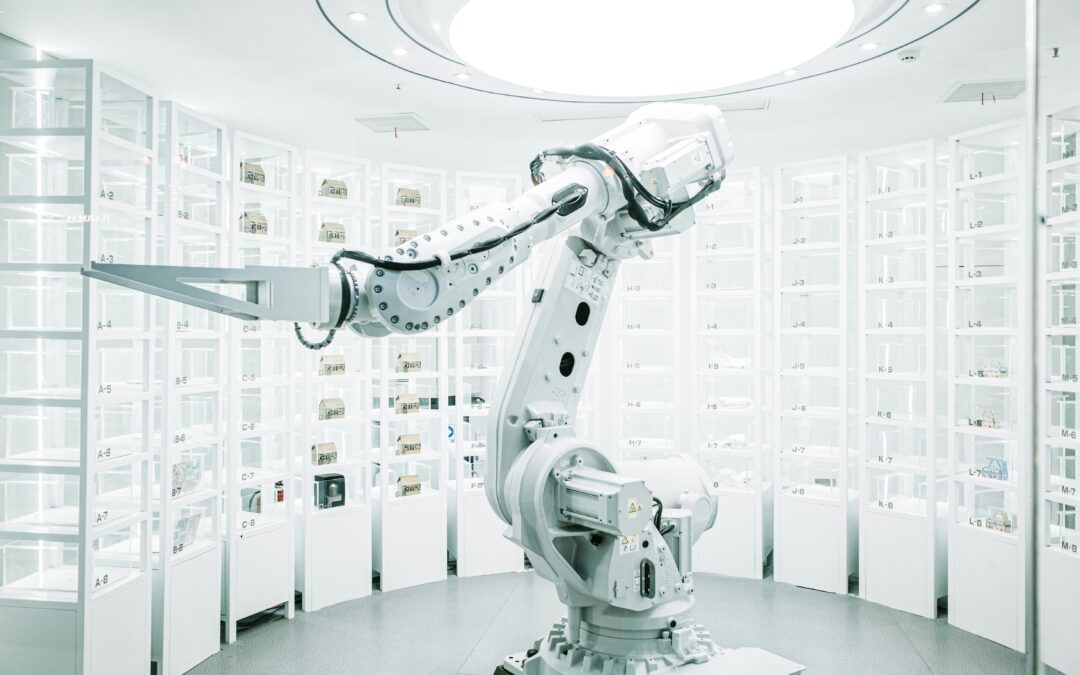In this 2024 competitive design landscape, standing out from the crowd is difficult. Clients crave fresh ideas, innovative approaches, and experiences that leave a lasting impression according to the latest trends. Artificial Intelligence (AI), is a game-changer that’s empowering designers to supercharge their workflows and captivate clients with never-before-seen possibilities.
As AI continues to spread through various industries, designers are manipulating its power to create immersive, personalized, and enchanting experiences for their clients. This blog involves the innovative ways in which designers make use of AI to captivate clients, exploring its transformative impact on the design process and client engagement.
AI-powered Personalization: A Creative Catalyst!
Designers are making use of the capabilities of AI to deliver personalized experiences that resemble individual client preferences or requirements. By analyzing vast datasets and user behaviors, AI enables designers to tailor their creations to align with the unique tastes and requirements of each client. Whether it’s interior design, branding, or digital experiences, AI empowers designers to provide solutions, driving deeper client engagement and satisfaction. This boosts efficiency and allows designers to explore a wider design space, presenting a captivating array of options to clients.
The level of personalization provided by AI creates a magnetic pull for clients, fostering stronger brand connections and boosting engagement.
AI Tools: Predictive insights!
AI’s impact goes beyond captivating visuals. It offers designers a wealth of practicality by giving us AI tools. The AI tools that they are using are Adobe Sensei, Runway mL, Daz 3D, Canva, Figma, etc. AI tools equip designers with advanced predictive insights, allowing them to anticipate client needs and preferences with unmatched accuracy. By manipulating machine learning algorithms, designers can forecast design trends, user interactions, and market demands, enabling them to proactively align their creative aims with the evolving expectations of their clients. This proactive approach not only fosters client trust but also positions designers as forward-thinking innovators.
Streamlined Processes
The integration of AI streamlines design processes, empowering designers to optimize their workflows, enhance productivity, and deliver superior results to their clients. AI-driven automation expedites repetitive tasks, such as generating design iterations, analyzing complex data, and refining prototypes, allowing designers to focus on high-impact creative endeavors. This efficiency not only captivates clients by delivering timely outcomes but also elevates the overall quality of design deliverables.
Creativity Ahead in 2024 and beyond
AI facilitates collaborative creativity by enabling designers to consistently collaborate with clients throughout the design process. Through AI-powered communication tools, virtual reality simulations, and real-time design feedback mechanisms, designers can involve clients in the creative journey, fostering a sense of co-creation and shared ownership. This collaborative approach not only fascinates clients by involving them in the design narrative but also ensures that the result reflects their vision and values.
Data-Driven: Decision Making
AI catalyzes data-driven decision-making in design, enabling designers to harness actionable insights derived from extensive data analysis. By AI-powered analytics, designers can make informed decisions regarding color palettes, layout designs, material choices, and user experiences. This data-centric approach not only instills confidence in clients but also ensures that design solutions are aligned with empirical evidence, enhancing their efficacy and appeal.
Hyper-Personalized Experiences
Designers are using AI to create hyper-personalized experiences that resemble clients on a profound level. Through AI-driven algorithms, designers can craft interactive environments, tailored branding strategies, and immersive digital interfaces that adapt to the unique preferences and behaviors of individual clients. This level of personalization fosters a deep emotional connection, captivating clients by offering design solutions that feel inherently attuned to their identity and aspirations.
Conclusion: The Future of Design!
The fate of configuration lies in a coordinated effort between human imagination and computer-based intelligence’s huge handling power. By embracing AI as a tool, designers can elevate their craft, captivate clients with innovative solutions, and drive design to new heights. So, the next time you’re looking for a way to impress your clients, consider the power of AI. It might just be the secret weapon you need to take your designs to the next level.
FAQs:
Q: How does AI-powered personalization enhance the client experience in design?
Ans: AI enables designers to analyze vast datasets and tailor creations to align with each client’s unique tastes and requirements, fostering deeper client engagement and satisfaction. This level of personalization creates a magnetic pull for clients, fostering stronger brand connections and boosting engagement.
Q: In what ways does AI streamline design processes and enhance productivity?
Ans: The integration of AI streamlines design processes by expediting repetitive tasks, such as generating design iterations and analyzing complex data.
Q: How does AI facilitate collaborative creativity between designers and clients?
Ans: AI enables designers to involve clients in the creative journey through AI-powered communication tools, virtual reality simulations, and real-time design feedback mechanisms. This collaborative approach not only fascinates clients by involving them in the design narrative but also ensures that the result reflects their vision and values.
Q: What benefits does AI-driven data analysis bring to the decision-making process in design?
Ans: AI-powered analytics enable designers to make informed decisions regarding color palettes, layout designs, material choices, and user experiences.
https://unsplash.com/photos/a-room-with-many-machines-kE0JmtbvXxM?utm_content=creditShareLink&utm_medium=referral&utm_source=unsplash


